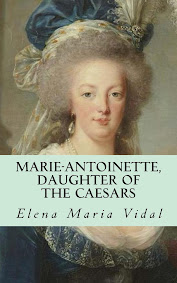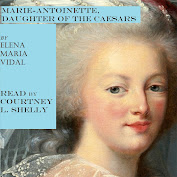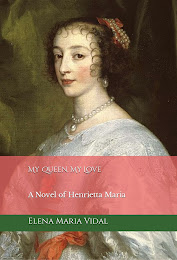From Hilary White at the Sacred Images Project:
ShareAnd yet, despite the chaos, the sacred arts flourished. In Constantinople, the domes of Hagia Sophia shimmered with gold and glass mosaics that captured the uncreated light of heaven. In Ravenna, Christ gazed out from apse and arch with the serene confidence of divine kingship. Processions of saints in jewel-toned robes crossed the walls of sanctuaries like heavenly courtiers. The image of God made visible, incarnate, and triumphant had become the cornerstone of Christian art.
To the west, Britain and Ireland, far from the imperial centres, were stirring with new creative energy. Missionaries and monks were carving a fresh Christian identity into the raw material of a post-Roman world. The Book of Durrow, the Lindisfarne Gospels, and the carved stone crosses of Iona emerged from this wild frontier of the faith, filled with patterns and symbols that spoke of eternity in knots and spirals.
But across the deserts of Arabia, something was stirring, something that would soon cast a long and complex shadow over the entire Christian world.
Within a single lifetime, Islam would rise from obscurity and sweep across the old heartlands of Eastern Christianity. Antioch, Damascus, Jerusalem, and Alexandria, centres of theology, pilgrimage, monasticism, and sacred art, would fall under a new religious power. The sea that had been a Christian sea, ringed by basilicas and monastic foundations, would become the heart of an Islamic empire.
The world had changed, and Christian culture would never be the same. (Read more.)

















No comments:
Post a Comment